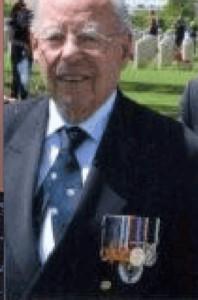Having the opportunity to sit with local war veteran, Antony Pittaccio, was truly quite an honour. His stories are heartbreaking and heartwarming and in memory of the 100th anniversary of WW1, Antonio shares some of his stories with you…
On 18th of May 1944 the allies finally broke through the Gustav Line (the German defensive line that stretched across Italy, East to West, at the centre of which was Cassino) and still today the controversy continues as to who was responsible for the bombing of Monte Cassino monastery, which dominates the entry into the Lira Valley.
If you can imagine an inverted (upside down) letter T, the Gustav Line would ran across the horizontal line, the Liri Valley being the vertical line. This valley was the only way out of the Gustav Line and the only way forward for the allied army so you might ask what all the fuss is about. It was after all just another building like the countless others, which were destroyed across Europe and were there not Germans in the Monastery, directing fire on allied troops, which they could observe over many miles from their uninterrupted view?
The answer is that there were no Germans in the monastery. The German General Fridolen von Senger und Etterlin (the most brilliant of all the commanders in Cassino), an Anglophile, Italophile, and anti – Nazi, was a lay Benedictine and he forbade any German to go any nearer than 150 yards from the Monastery.
St Benedict came to the top of the mountain in 529AD. He converted an existing Roman temple into a Christian church, founded the Benedictine Order and there wrote his famous Rule which still today acts as a guide to Christian monasteries throughout the world. The monastery had been destroyed three times before and each time the reconstruction was due to English monks. For many centuries Monte Cassino was the most important centre of learning in Europe. Students and influential people, including kings, came to it from all over Europe. Long before any universities were founded it taught languages, music, law, medicine, architecture, pharmacy, astronomy, quadrupeds, botany, history and geography. Much of what we know about the dark ages is due to that monastery and that is why it was considered a special place.
We youngsters used to go there with our school a couple of times a year for special tuition and I felt at home because many tributes were paid to Britain over the centuries and there was a written reference, ‘We gratefully want to remember Gladstone, Clarendon, Stannley, Forbes and Russel’ which referred to a group of British MP’s known as The Friends of Monte Cassino who pleaded with the Italian government not to suppress the monastery.
To my family, Monte Cassino offered the only means of communication with my father in England. I am not sure how the monastery sent messages but it would be correct to assume via the Benedictine monks from monasteries in Switzerland and England. We only had one or two a year and one year, or maybe two, none at all. Of course, it stopped after the monastery was bombed, when not only did our hopes of receiving news about my father die with it, but also the hopes of all the people to whom it had become a symbol of faith and reassurance that a benevolent God understood their suffering.
The world had indeed become a darkened place with the turning off of that light but the sun sets only to rise again and the bombing of the monastery is now a distant memory.
Antony Pittaccio


